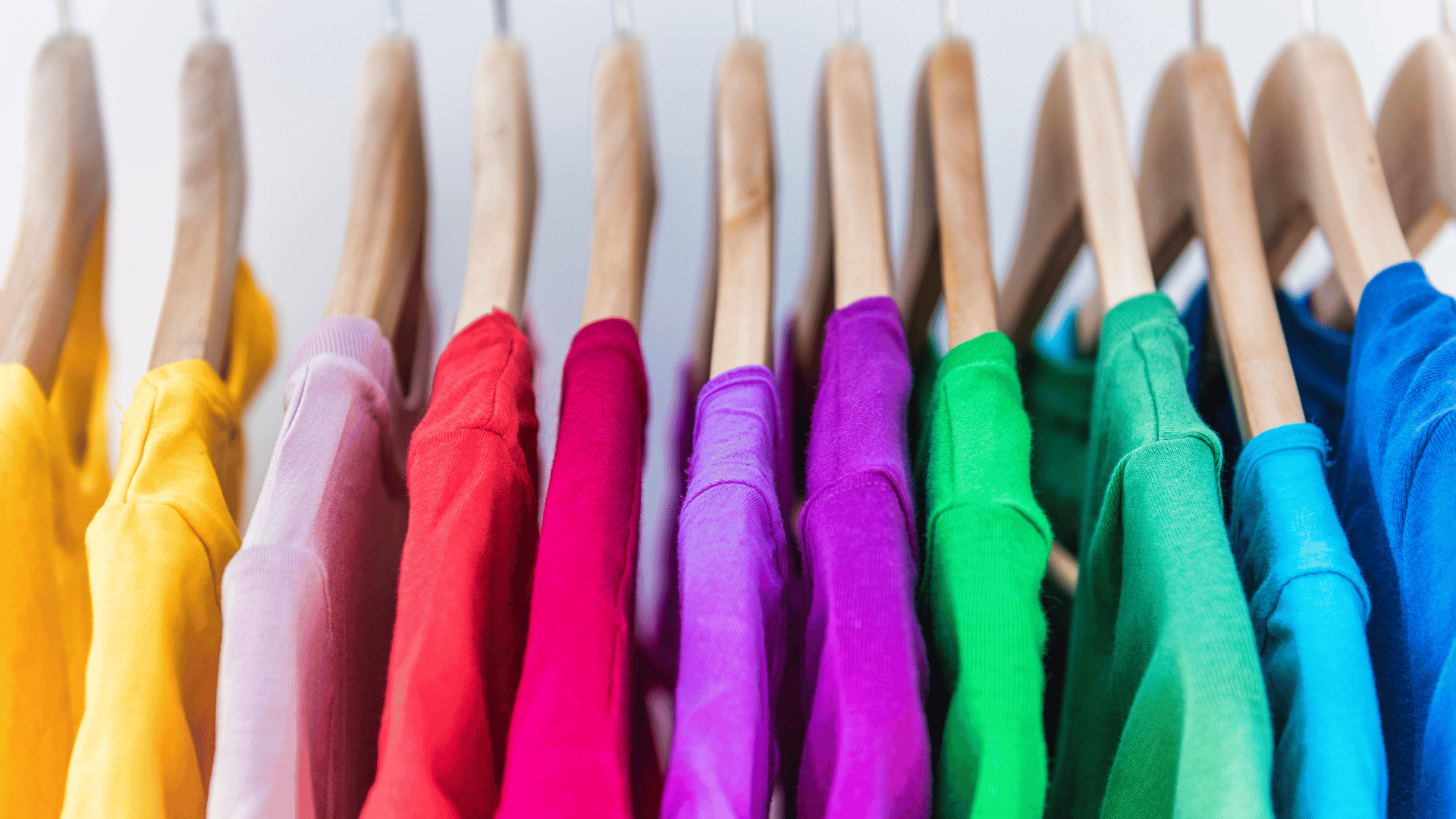The hospitality industry is part of the service industry. That makes it challenging since it’s an intangible service, and it isn’t easy to know what to expect beforehand. Also, if you don’t sell the room, the seat, or the berth on a cruise ship before it departs—it’s gone.
These are companies that have a high fixed cost. To make money, you must first establish a specific level of use and demand. For airlines, it may be that to make money, 85% of seats on a given customer flight or a particular type of plane must sell at specific prices. The occupancy rate for cruise ships is 105%. That means there are more than two people in every berth and cabin.
New York City’s hotels are in high demand. The occupancy rate is now hovering around 90%. In the United States, the average occupancy—the percentage of occupied rooms each night—is roughly 65%.
Another variable is the average daily rate. For example, New York City hotel rooms can range from $300 to $500, depending on the market. It could cost around $300 for select service or lifestyle hotels. The average daily charge for a luxury hotel room might be $1,000.
The same is true for airlines and cruise ships. The cruise ship’s average charge per seat determines the average cost of a five-day cruise. All of these businesses are in the business of managing yield. It’s referred to as “yield management.” You want to maximize revenue from a purchase made by a hotel guest, airline passenger, or cruise passenger.
Some of these companies have revenue-generating opportunities when customers use their services. For instance, hotels may sell guests food and beverages, wifi, and spa treatments. Cruise lines sell additional services like retail, restaurants, excursions, and various other onboard activities. Airlines have some limitations. Food is available for purchase onboard, but the selection is minimal. Tax-free purchasing is sometimes available on international flights.
To summarize, when a customer buys a ticket, you want to maximize the yield per ticket. Once they’re on board, you’ll want to maximize the revenue. This is called ticket net yield, or yield, followed by an onboard spending yield.








